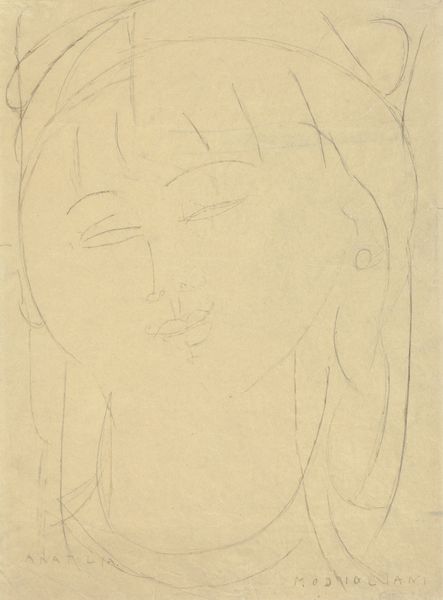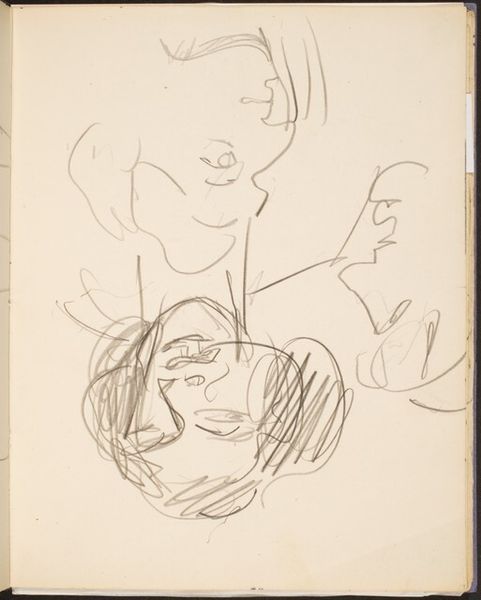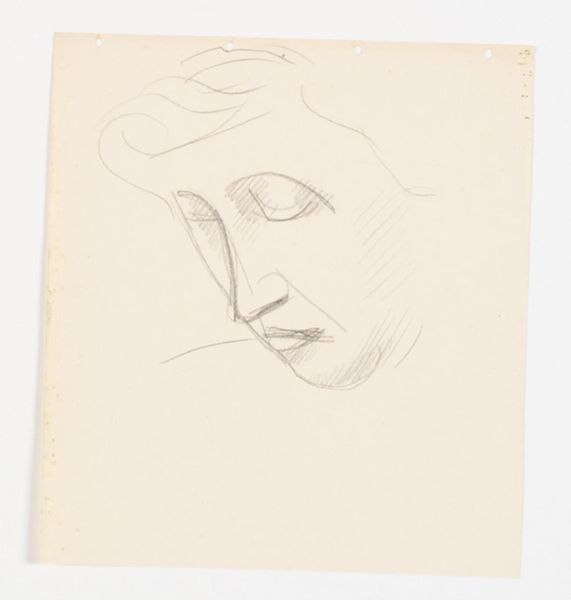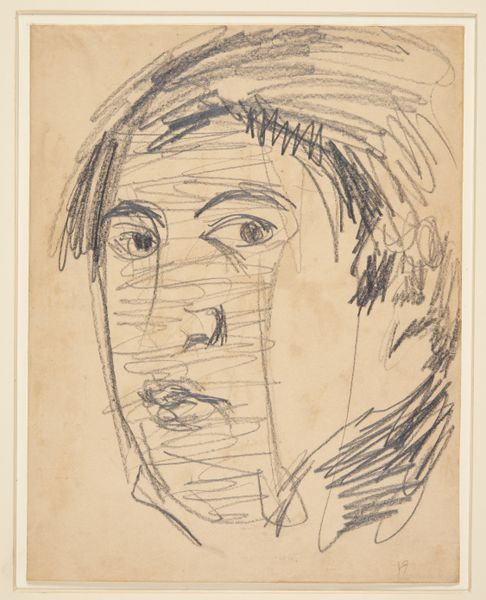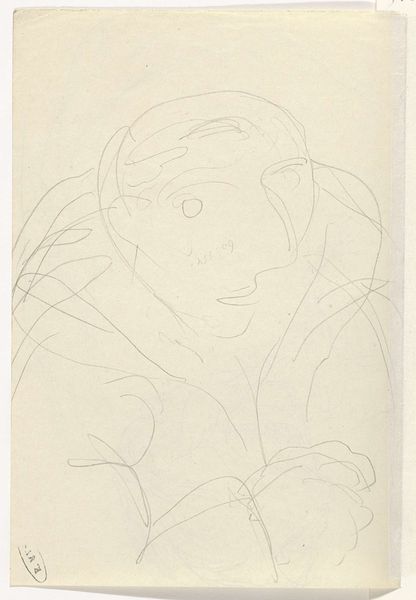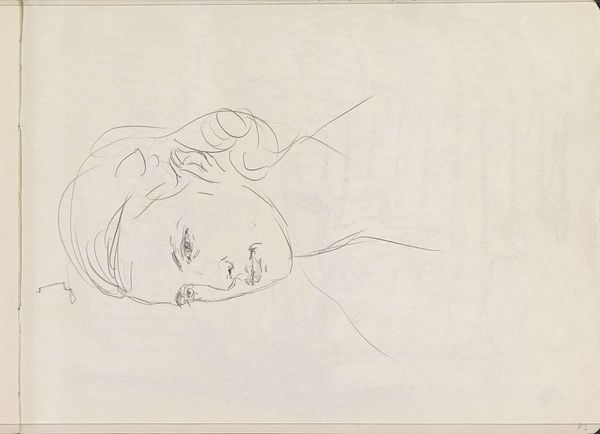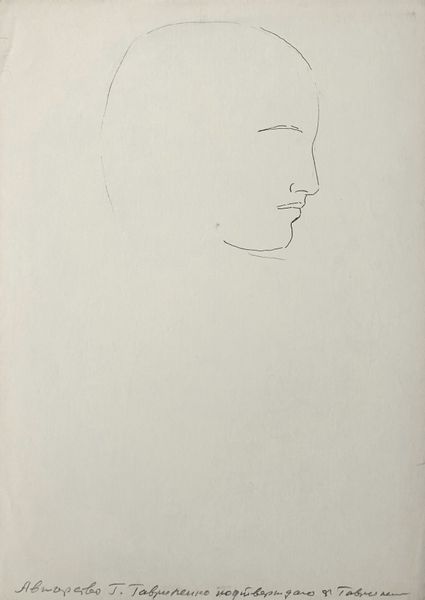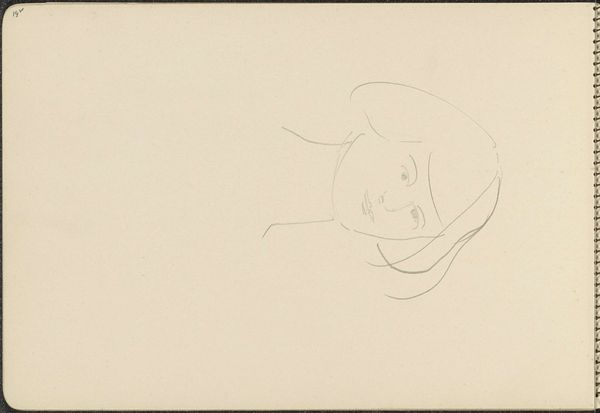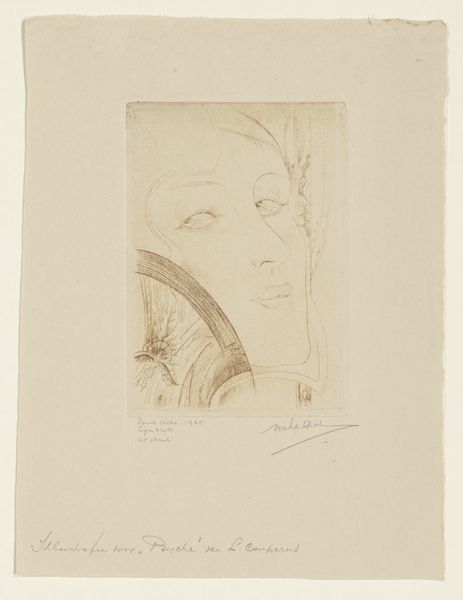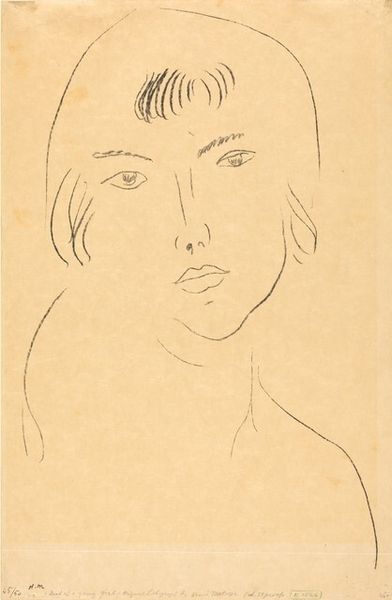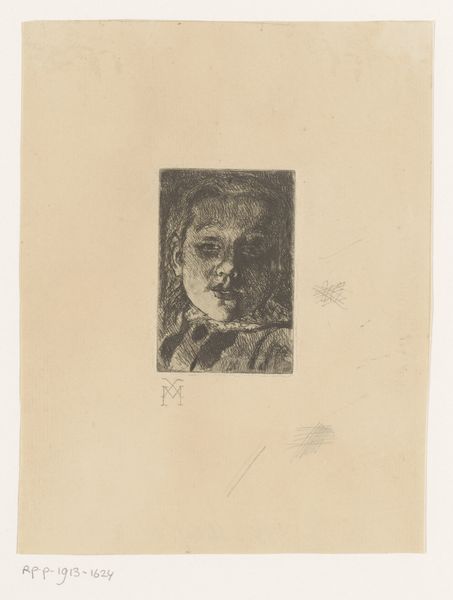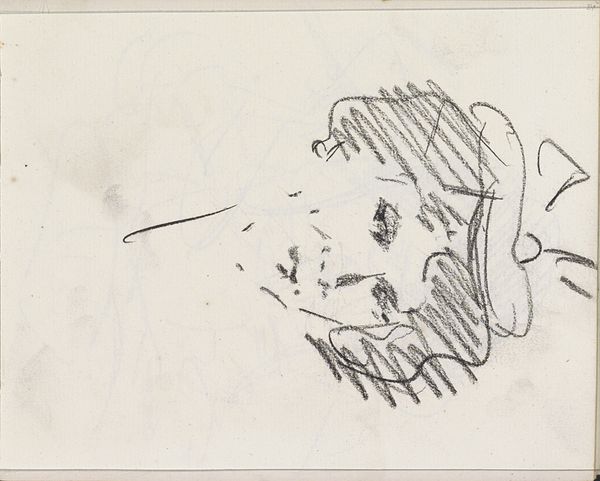
drawing, coloured-pencil, pencil
#
portrait
#
drawing
#
coloured-pencil
#
self-portrait
#
pencil sketch
#
pencil
#
expressionism
Dimensions: 351 mm (height) x 255 mm (width) (bladmaal)
Editor: Here we have Harald Giersing's "The Artist's Son Franz. Head", created in 1926. It's a colored-pencil drawing, and there's a delicacy to the lines that feels both intimate and tentative. What do you see in this portrait? Curator: This drawing, likely influenced by Expressionism, reveals much about the social context of early 20th-century artistic families. Giersing, a prominent Danish modernist, portrays his son with a raw vulnerability that transcends a simple family portrait. Editor: Vulnerability? I see that in the sketchy lines. Curator: Yes, but consider the political climate. After World War I, societal norms were shifting, and art became a vehicle for expressing complex emotional landscapes. A father openly depicting his child with such exposed sentimentality challenges conventional portrayals of patriarchal stoicism prevalent at the time. Is this drawing just a depiction of the artists's child, or something more profound? Editor: So, you're saying it pushes back against traditional masculinity? That’s fascinating; I hadn’t considered the socio-political angle. It seems like the artist makes an artwork out of a family moment and imbues it with meaning. Curator: Exactly. Giersing uses this familial image to comment on evolving emotional registers permissible—or perhaps even desirable—in a post-war world, reshaping our understanding of familiar and societal roles. Editor: Wow, I’ll definitely look at this drawing differently now. I appreciate you expanding my perspective beyond the formal qualities. Curator: Art’s power lies in its reflection and potential to challenge our own understanding of the society. It’s wonderful that we can revisit even familiar images with a nuanced perspective and unveil novel insights.
Comments
No comments
Be the first to comment and join the conversation on the ultimate creative platform.
